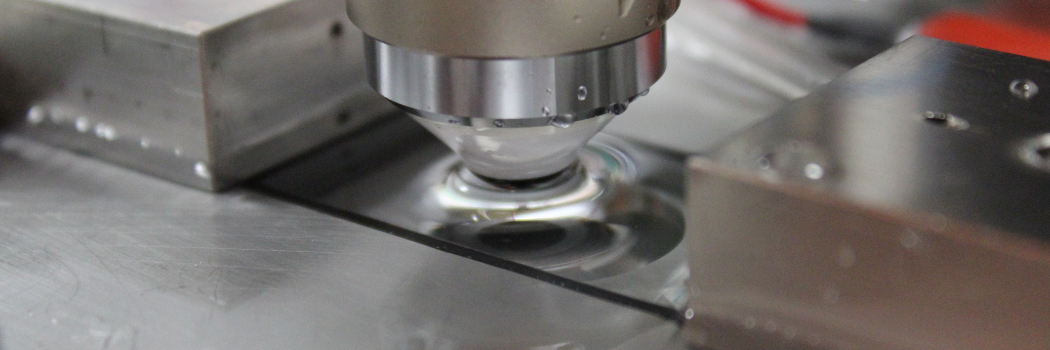In partnership with P&G: the chemistry of cleaning

Our award-winning strategic partnership with P&G has enabled unique and globally scalable innovations that have improved billions of consumers' lives around the world.
We are helping P&G predict future product innovations, and our researchers have been involved in creating new molecules for applications in homecare and personal products, as well as new methodologies for understanding the roles of key active ingredients to improve the performance of consumer goods.
Putting laundry formulations under the microscope
Washing clothes at low temperatures saves on running costs and stops clothes from shrinking and fading. P&G’s laundry detergent needs to be able to remove soil and stains at lower temperatures, without compromising on performance.
Our researchers used imaging techniques to test different formulations at environmentally friendly low wash temperatures, measuring the absorption rates and quantity of surface-active species at solid-liquid interfaces.
Essential components of laundry detergent include surfactants which remove dirt, enzymes which break down stains and dirt, polymers which capture dirt and prevent it redepositing, as well as builders and chelating agents which prevent hard water from hindering the cleaning process.
In collaborative projects led by Professor Colin Bain, new experimental techniques were developed to measure the adsorption of polymeric laundry additives onto mimics of synthetic fabrics, and the effect of these additives, on the adsorption of proteins and complex polysaccharides. This work contributed to the introduction of new patented polymer technologies into single unit dose formulations - otherwise known as Ariel pods.
Using surface science to make your dishes shine
Automatic dishwashing is a global business. The need for higher efficiency at lower washing temperatures to help reduce energy consumption drives continuous testing and product innovation in formulations and additives.
Professor Bain's expertise in the properties of water jets, droplet splashing, spreading and flow on surfaces was also used in two research projects to help better understand the dishwashing process. This has led to significant down-scaling of P&G test methods and the development of automated test rigs that reduce testing time for new materials and allow direct visualisation of the wash process.
Maximising ‘shine’ by controlling deposits of calcium carbonate and other soils is also a key consideration during dish washing. Professor Jon Steed, an expert in ligand design, coordination chemistry and crystallisation, led research into new green, phosphate-free combination additives as well as delivering a new experimental rig for quantifying soil build up. This has reduced formulation testing times, contributed to significant research and development savings, and is continuing to advance next-generation formulas.
Imaging and spectroscopy
Professor Andrew Beeby, a leading expert in photochemistry, time-resolved spectroscopy and imaging can usually be found analysing the pigments used in medieval manuscripts. Historically this research required heavy lab-based equipment which is very difficult to transport to collections in museums and libraries across the country. This led Professor Beeby and his team to develop purpose-built, portable versions of the spectroscopic and imaging equipment required for these measurements
This research has been reapplied to help P&G with their product imaging challenges through purpose-built spectrometers that form an integral part of their research testing portfolio.
P&G are also developing hand-held hyperspectral imaging cameras capable of in-field counterfeit package detection, as well as short-wave infrared spectrometers for in-house analysis of garment soil and odours.
Find out more
- Learn more about the work of Professor Colin Bain, Professor Andrew Beeby and Professor Jon Steed in our Chemistry Department.
- Read journal articles on Phosphate-Free Inhibition of Calcium Carbonate Dishwasher Deposits and There’s more to reflectance spectroscopy than lux.
- Interested in studying at Durham? Explore our undergraduate and postgraduate courses.


/prod01/prodbucket01/media/durham-university/external-location-photography-/city-shots-/82922-1-1920X290.jpg)